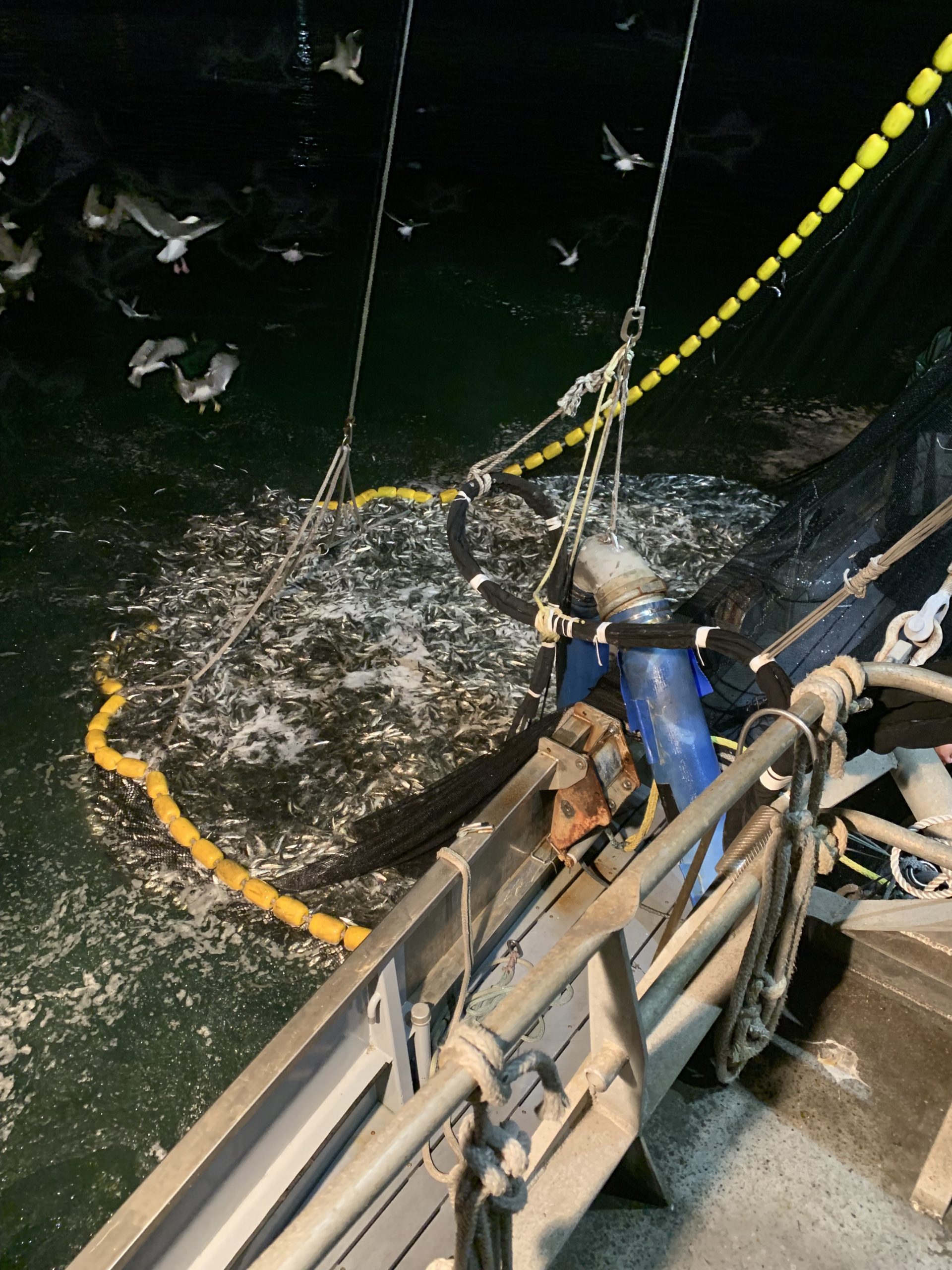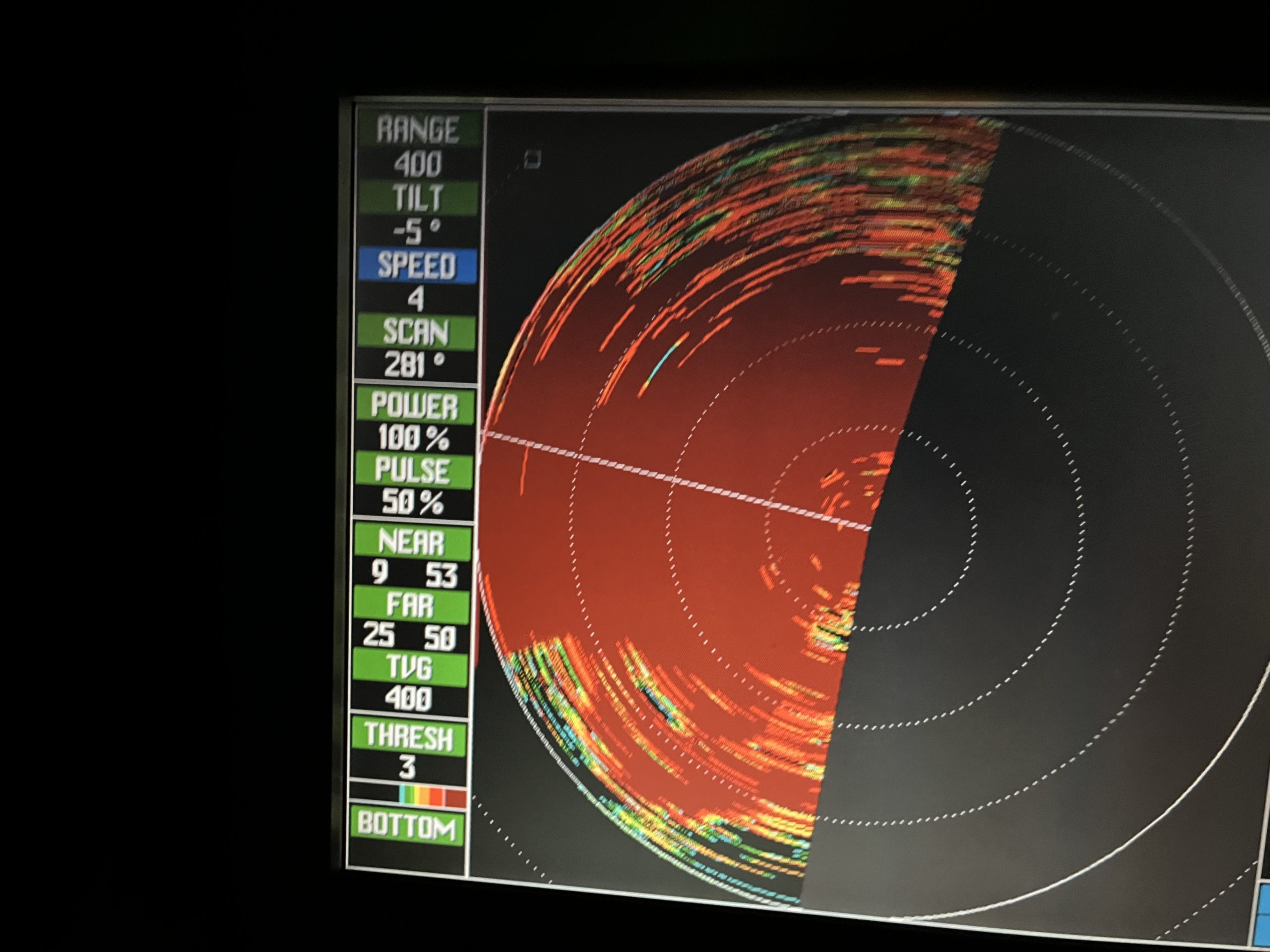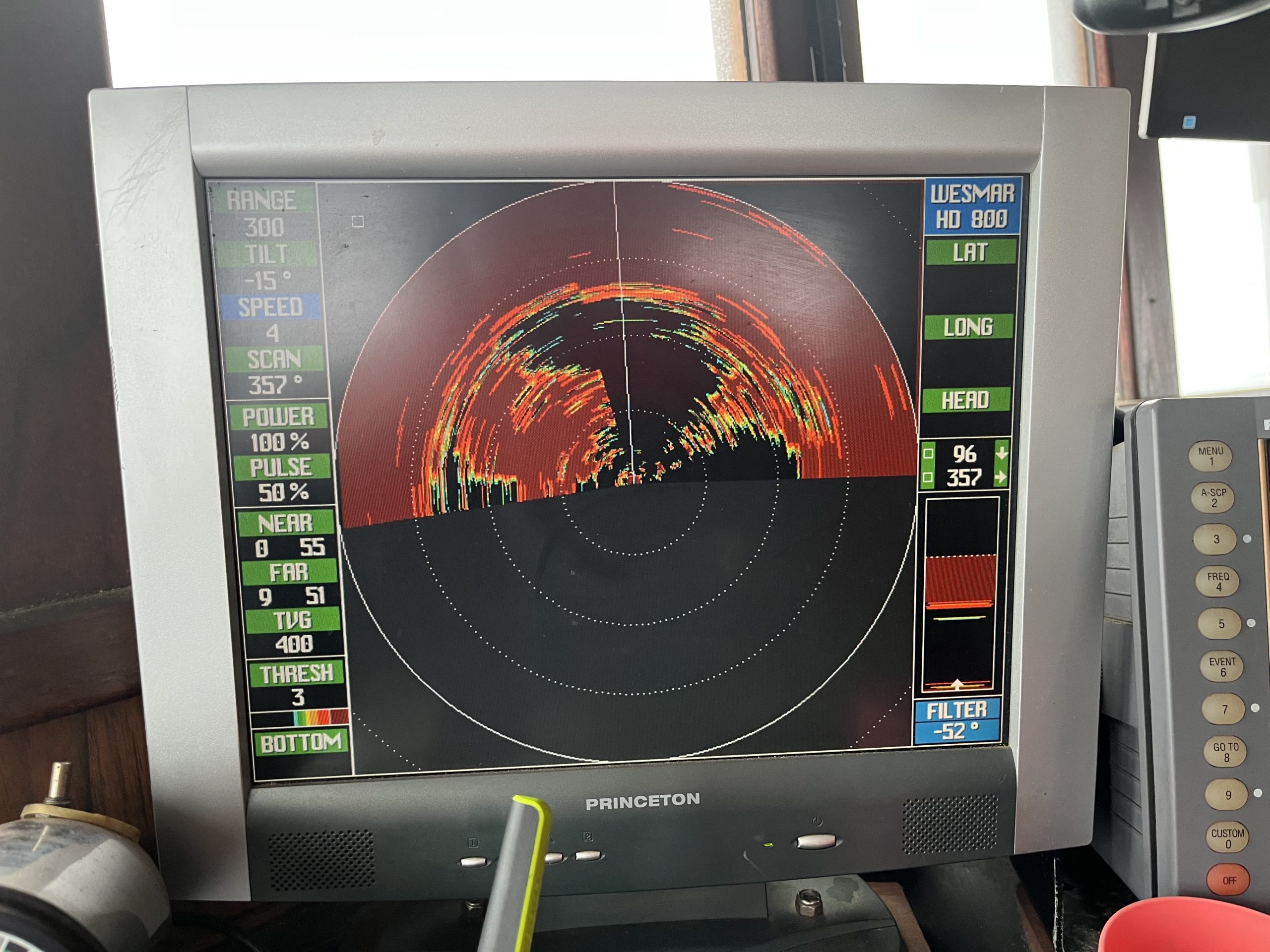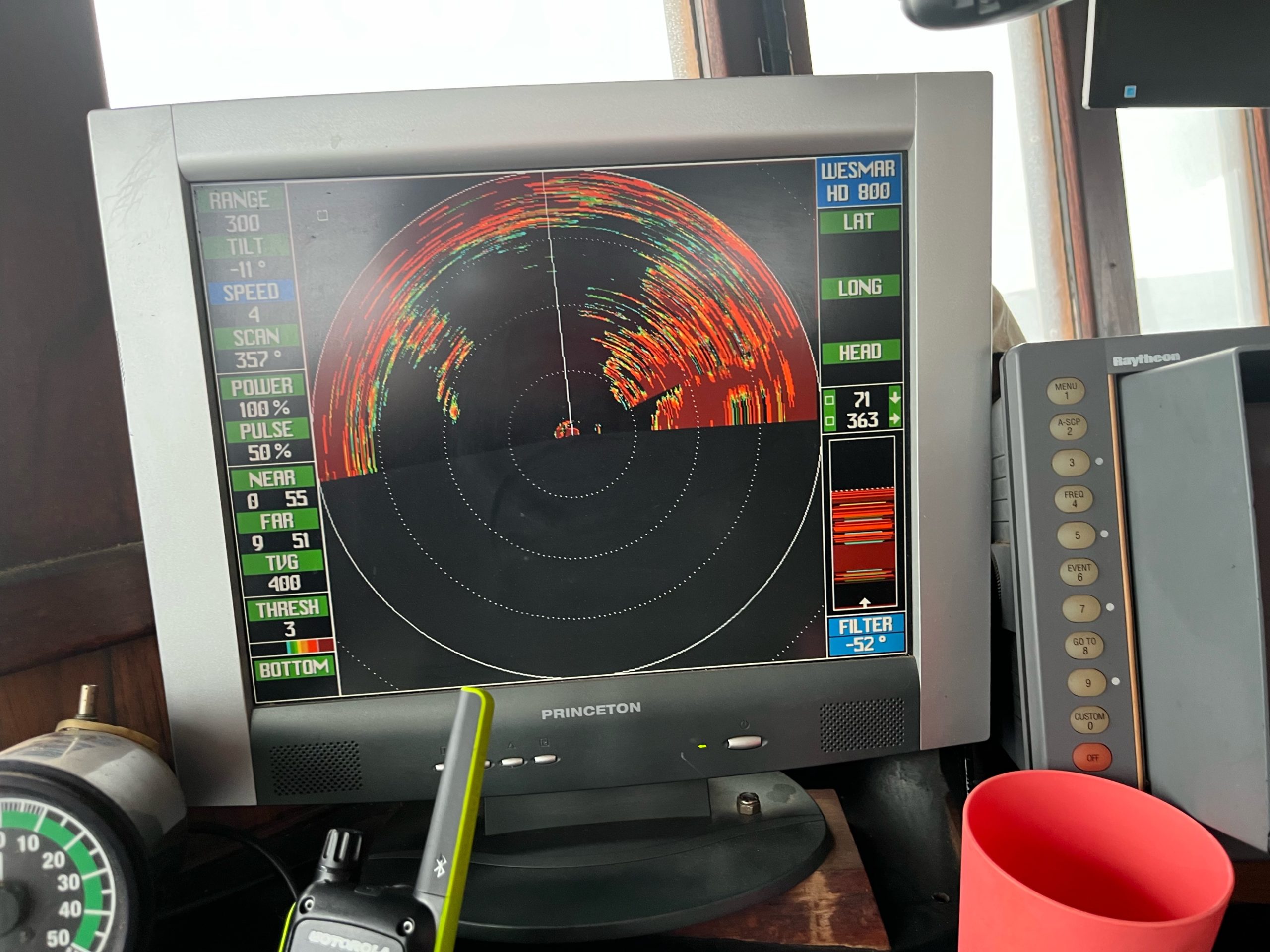CWPA WINS SALTENSTALL-KENNEDY GRANT TO INVESTIGATE SEASONAL NEARSHORE DYNAMICS OF PACIFIC SARDINE (Sardinops sagax) IN CALIFORNIA

Pacific sardine has been one of the top ten highest valued commercial fisheries in California. But declining stock assessments precipitated closure of the directed sardine fishery in 2015. In 2019, “northern” sardines were declared “overfished,” sharply reducing the allowed incidental catch rate. This also curtailed fishing for species that school with sardines, such as mackerel, anchovy and even market squid, inflicting serious impacts on California’s wetfish industry.
Stock assessment scientists hypothesize two sardine stocks on the West Coast: northern (NSP) and southern (SSP), which they have separated by a 16.7°C sea temperature (SST) threshold: only sardines found in waters below 16.7° C (about 62° F) are classified as northern sardines (NSP). The Pacific Fishery Management Council (PFMC) manages only the ‘cold water’ NSP, but counts all sardines landed in California as NSP regardless of the SST.
Stock assessments for NSP are based on annual NOAA Acoustic Trawl (AT) surveys, which now omit sardines estimated to be in water temperatures above 16.7° C SST. A report also noted that assessments excluding the nearshore area, an area inshore of about 40 meters depth that is typically not surveyed in NOAA AT surveys, would be negatively biased.
To address this, NOAA and industry initiated a collaborative nearshore acoustic survey using fishing boats to expand acoustic and biological sampling. (See https://californiawetfish.org/sardine-research-update-acoustic-survey for more.)

However, aerial surveys and California fishermen have reported thousands of tons of sardines yearlong inshore of NOAA’s summer surveys, (see more at https://californiawetfish.org/sardine-research-update-aerial-survey). These observations pose questions about NMFS’s declaration of NSP sardines as overfished and the use of 16.7°C to separate NSP from SSP.



In 2022, CWPA applied for and received an SK grant to investigate the nearshore dynamics of sardines in California throughout a full year, with specific focus on the Southern California Bight, where sardines are observed yearlong in a range of water temperatures.
The goal of this project is to collect and analyze historical and current biological and landings data yearlong, including bi-monthly observations and monthly samples from purse seine fishing and live bait catches, to test the hypothesis that NSP and SSP sardines, particularly sardines inshore of NOAA surveys, can be accurately separated by their association with 16.7°C SST using morphological (e.g. length, weight, age, vertebral count) and biological metrics. The outcome will enhance understanding of sardine stock structure and may lead to increased fishing opportunities.
Please visit the CWPA SK Grant webpage for more information about our findings and fishermen’s observations throughout this important research study.